If you are a bearded dragon lover or even if you are new to the bearded dragon community, you might be wondering whether or not these friendly creatures have a third eye. As it turns out, they do! In this blog post, we’ll delve into the fascinating subject of bearded dragons’ third eye, including what it is, how it works, and why it’s essential to the health and wellbeing of your beloved pet.
TOP Unusual Facts about Bearded Dragons
Bearded dragons are one of the most popular reptiles to have as pets. These fascinating creatures are known for their unique appearance, docile nature, and inquisitive personalities.
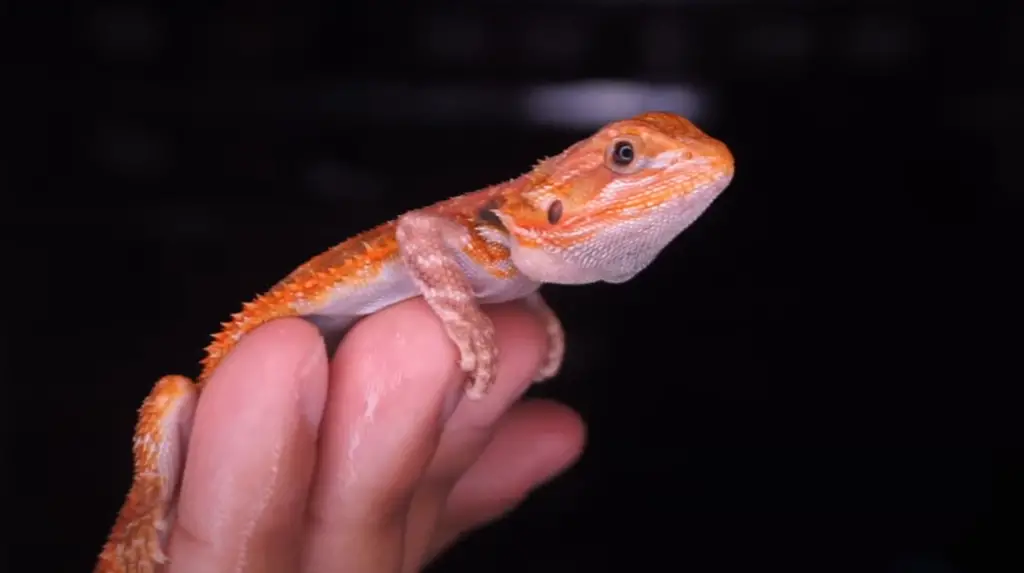
While they make great pets, there are many unusual facts about bearded dragons that you may not be aware of. From their sleeping habits to their incredible eyesight, here are the top unusual facts about bearded dragons that you need to know.
They can change their color
Bearded dragons have the ability to change their color depending on their mood or environment. When they are happy and content, they will often turn a bright shade of yellow.
This is a survival mechanism that helps them to avoid predators in the wild. [1]They have a third eye
Bearded dragons have a third eye on top of their heads that is used to detect light and dark. It does not see images like our normal eyes but is instead used to help regulate their sleep-wake cycles. This eye is known as the parietal eye and is a unique feature of many reptiles.
They can run on their hind legs
Bearded dragons are surprisingly fast and are able to run on their hind legs when they need to. This is a common behavior that is often seen when they are trying to escape from a predator or chasing after prey. While they are not as fast as some other animals, they are still impressively quick on their feet.
They are excellent climbers
Bearded dragons are natural climbers and are able to scale trees, rocks, and other obstacles with ease. They have sharp claws that allow them to grip onto surfaces and a long tail that acts as a counterbalance. This skill comes in handy when they are trying to escape from predators or find food. [1]
They have incredible eyesight
Bearded dragons have excellent eyesight and are able to see in full color. They also have a unique ability to see both near and far, which is a rare characteristic among reptiles. This makes them great hunters and allows them to quickly spot prey from a distance.
Bearded dragons are fascinating animals that have many unique and unusual traits. From their ability to change color to their incredible eyesight, there is always something new to learn about these amazing creatures. Whether you are a seasoned pet owner or are considering getting a bearded dragon for the first time, knowing these unusual facts can help you better understand and appreciate these wonderful animals.
Anatomy of a Bearded Dragon
Beardies are interesting creatures and have become popular as pets over the years. They are docile, curious, and can be great companions for pet lovers. However, before bringing them home, it’s important to know a thing or two about their anatomy.
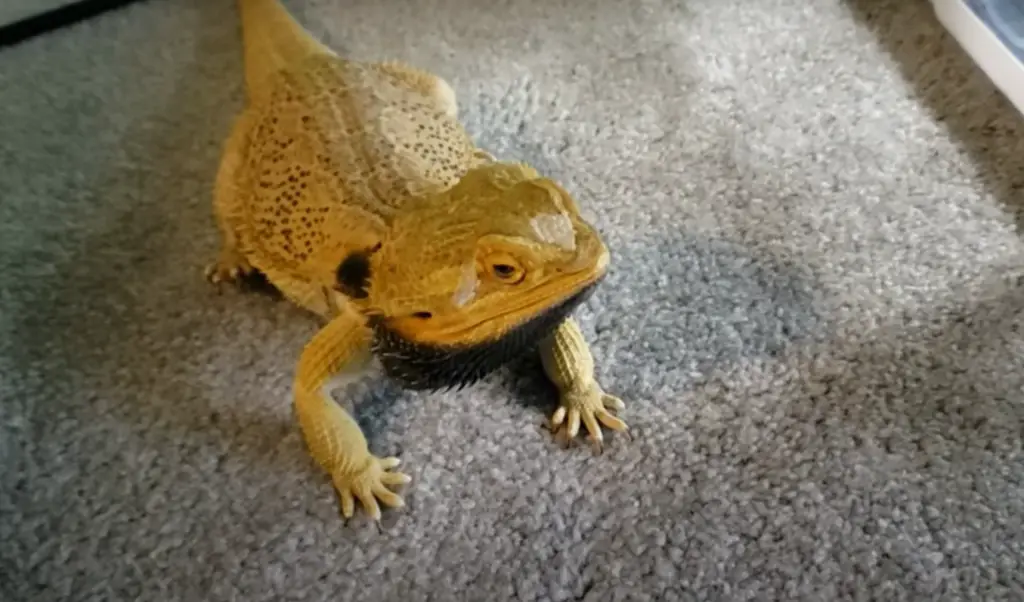
Familiarizing yourself with the basics of their body structure can help you provide better care and spot health issues if any. In this part of our blog post, we’ll dive deep into the anatomy of bearded dragons and uncover some interesting facts about them.
Head and Skull
The head of a bearded dragon is broad and triangular, with a wide mouth and a blunt snout. One of the most distinctive features of the head is a row of spiny scales under the chin, known as the “beard,” which they can puff out when threatened or aggressive. The skull of a bearded dragon is made up of several bones that allow them to move their jaws and swallow large prey.
Eyes and Vision
Bearded dragons have keen eyesight and can see in color and detect movement. They have a clear membrane over the eye that protects it from dust, debris, and sunlight. Interestingly, they don’t see well in low light conditions and rely on their sense of smell and hearing to navigate.
Limbs and Feet
Bearded dragons have four legs, with the front legs shorter than the hind legs. Each foot has five toes, with sharp claws that they use for climbing, digging, and catching prey. The feet are also equipped with gripping pads that allow them to cling to surfaces.
Skin and Scales
The skin of a bearded dragon is covered with small, diamond-shaped scales that overlap each other. These scales are shed regularly as the dragon grows and replaces them. If the environment is too dry, their skin can become flaky, leading to skin infections.
Digestive System
Bearded dragons are omnivores and need a balanced diet of vegetables and insects. They have a unique digestive system that allows them to break down tough prey, like insects, and extract nutrients from plant matter. They also have a specialized organ, called the cecum, which helps them ferment plant material and extract more nutrients.
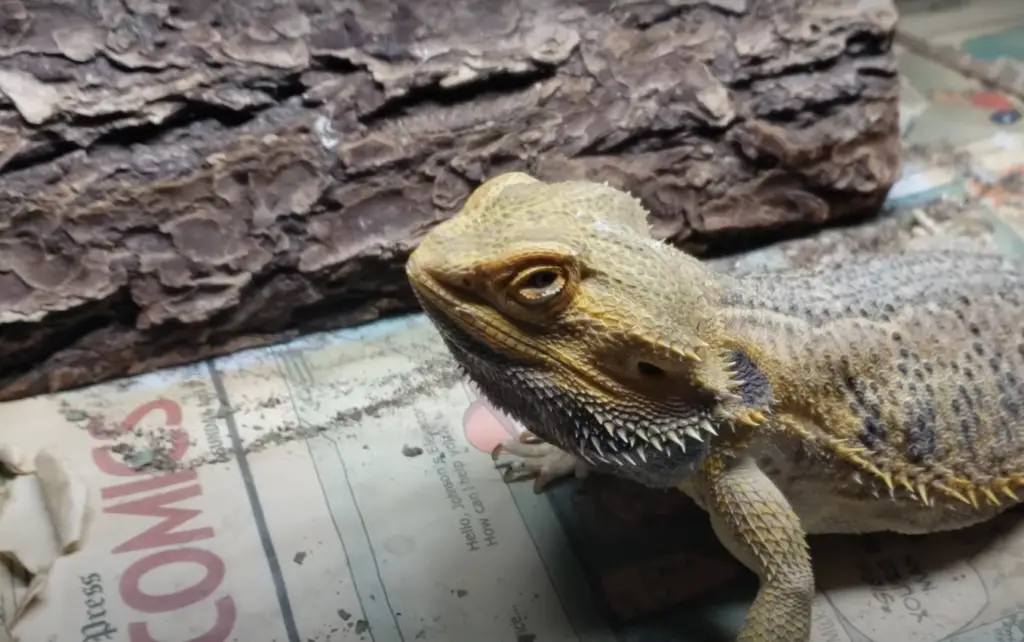
These reptiles are amazing creatures with unusual anatomical features that allow them to thrive in their natural habitat. Understanding their anatomy can help you provide better care and ensure their well-being. Remember to maintain proper lighting, temperature, and humidity levels in their environment, feed them a balanced diet, and watch out for any signs of illness or discomfort. With proper care, bearded dragons can live a long and healthy life, and be wonderful companions to any pet lover.
Do Bearded Dragons Have The Third Eye?
With their unusual appearance, gentle temperament, and playful personality, these reptiles are one of the most popular reptilian pets in the world. However, there are plenty of misconceptions surrounding these scaly critters. One of the most common myths is that beardies have a third eye. Here, we’ll provide you with all the facts you have to know about these reptiles and their unique and fascinating anatomy.
First of all, let’s define what we mean by the term “third eye”. The third eye, also known as the pineal gland, is a small gland located in the center of the brain. In humans and some animals, it is responsible for regulating circadian rhythms, producing melatonin, and controlling mood and energy levels. Some reptiles, such as tuatara and some lizards, have a modified third eye that helps them to sense dark and light, which in turn helps them to regulate the temperature of their body and activity levels.This eye is covered in a clear scale, so it doesn’t allow the bearded dragon to see anything clearly, including light and dark. The parietal eye does, however, play a role in sensing light and dark. It is thought to help bearded dragons regulate the temperature of their body, as well as their activity levels.
The eye can detect the intensity and wavelength of sunlight, which in turn helps the animal to determine its position in relation to the sun and adjust its behavior accordingly.
It can also sense changes in the intensity and duration of daylight, which helps the animal to prepare for seasonal changes in food and activity levels. In terms of function, the parietal eye is more similar to the pit organs found in some snakes and other reptiles than to a third eye. These pit organs allow snakes to detect infrared radiation, which helps them locate prey and avoid predators in the dark. While the parietal eye does not have this level of sensitivity, it still enables bearded dragons to sense light and dark, which is a valuable survival mechanism.
In conclusion, bearded dragons do have a parietal eye that is vestigial and no longer functional. Instead of providing them with visual information, this eye helps them regulate their body temperature and activity levels by sensing changes in light and dark. As with many other aspects of animal anatomy, there is still much we don’t fully understand about reptile eyes and their evolution. However, it’s safe to say that the parietal eye, while not a true third eye, is a fascinating and important part of bearded dragons’ unique physiology.
Functions of a Beardie’s Third Eye
Beardies are really interesting and amazing creatures that have unique body features and characteristics. The third eye, also known as a parietal eye, is one of their distinctive features, found at the top of their heads. Unlike their ordinary eyes, the third one is less known and, in some cases, misunderstood. Now let us delve deep into the functions and purposes of a beardie’s third eye and uncover the mysteries behind this amazing creature.
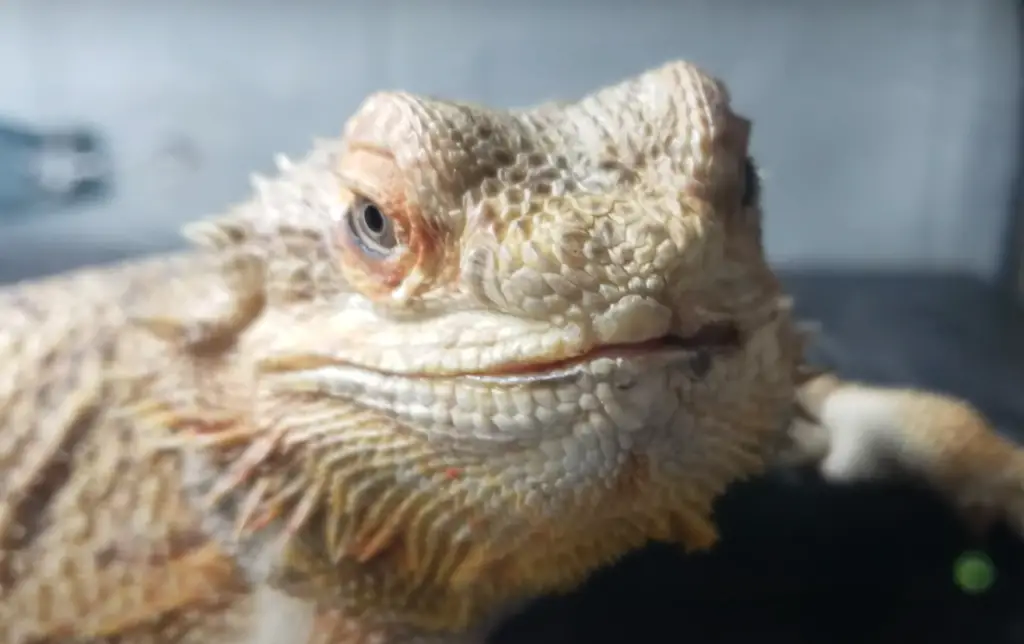
The third eye of this reptile is one of its most unique features. It is a little, round spot on the top of their head that is colored differently than the rest of its skin.
It serves as a biological clock for your beardie and tells them when it is time to doze off, wake up, bask in the sun, or seek shelter from the intense heat.Another incredible function of a beardie’s third eye is the fact that it can detect predators and warn them of impending danger. Although they are not able to see images, the third eye has the ability to detect changes in light and alert them to the presence of predators around them. In the wild, this can be extremely helpful as it helps them avoid becoming prey to larger animals. They can then quickly hide or flee to escape danger. [2]
Additionally, a beardie’s third eye helps them to regulate the temperature of their body. It does this by detecting the sun’s warmth and directing the lizard towards the warmth when it needs to raise its internal temperature. This is crucial for beardies that live in captivity, as they require a specific temperature range to maintain good health and well-being.[2]
Another great fact about the bearded dragon’s third eye is that it is used in determining their sex. Female beardies have a higher concentration of pigment in their third eye, giving them a darker appearance than males. This helps breeders and scientists determine the sex of the beardie easily, and it also plays a vital role in their reproductive cycle.
Understanding the functions and characteristics of a bearded dragon’s third eye is essential for every bearded dragon owner. Not only does it impact their health and well-being, but it is also a unique and fascinating feature of this amazing creature. By knowing how to take care of your beardie and their third eye, you can provide them with optimal living conditions and ensure that they thrive. Indeed, bearded dragons are remarkable creatures with unique features that continue to surprise and amaze their owners.
How to Take Care of Your Beardie’s Third Eye
Bearded Dragons, commonly referred to as beardies, are fascinating companions to keep as pets. In addition to their charming personality, adorable gait, and gentle disposition, they have unique features—like their third eye—that may leave you curious about how to care for them. In this part of the post, we will guide you through the rudiments of caring for your beardie’s third eye, including its anatomy, purpose, and how to keep it clean and healthy.
Anatomy of the Third Eye
The third eye is a small, transparent, scale-like structure positioned on the top of your beardie’s head, in between its regular eyes. Unlike the two regular eyes, the third eye does not have a specific function for vision. Instead, its main purpose is to sense light and darkness.
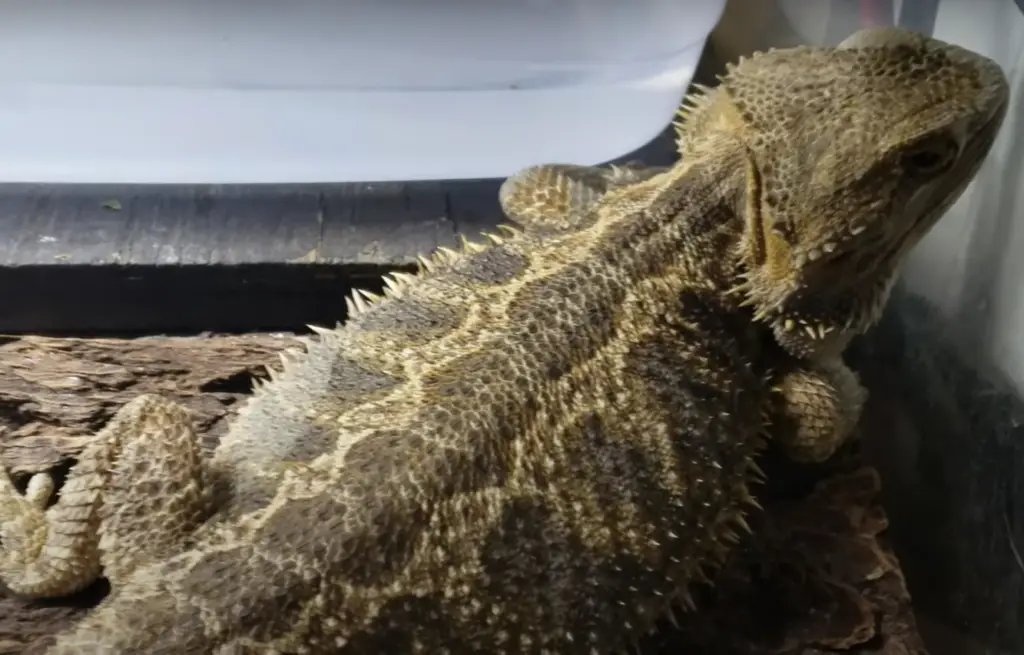
The third eye is connected to your beardie’s pineal gland, which is attributed to modulating the reptile’s circadian rhythms -the internal biological clock that regulates biological processes.
Keeping the Third Eye Clean
As a responsible beardie owner, it is essential to keep your pet’s third eye clean from debris and foreign materials that could block its functionality. This can easily be done by gently wiping the third eye with a moistened cotton bud or tissue. Beardie-keepers prefer to use spring water, but plain, warm water from your tap is also a good option. If you notice anything unusual with your bearded dragon’s third eye, such as inflammation, discharge, or cloudiness, seek veterinary assistance immediately.
The Purpose of the Third Eye
It is significant that your beardie’s third eye is functioning correctly and not getting blocked because it helps regulate its biologic rhythms. The third eye establishes the time of day or year by sensing light and darkness. Changes in light patterns will trigger hormonal changes that prompt your pet to perform certain behaviors. For example, the third eye helps your bearded dragon determine when it’s time to sleep or wake up, increases or decreases its appetite, and activates its reproductive cycle. [3]
Health Troubles with the Third Eye
If you don’t care for your beardie’s third eye, it could lead to several health issues. Exposure to UVB radiation can be particularly dangerous for your pet’s third eye health. Inadequate lighting can cause the pineal gland, responsible for regulating your beardie’s body functions, to be less effective and, in severe cases, lead to further diseases and illnesses. One common condition that can occur with beardies’ health is metabolic bone disease, stemming from incorrect lighting conditions.
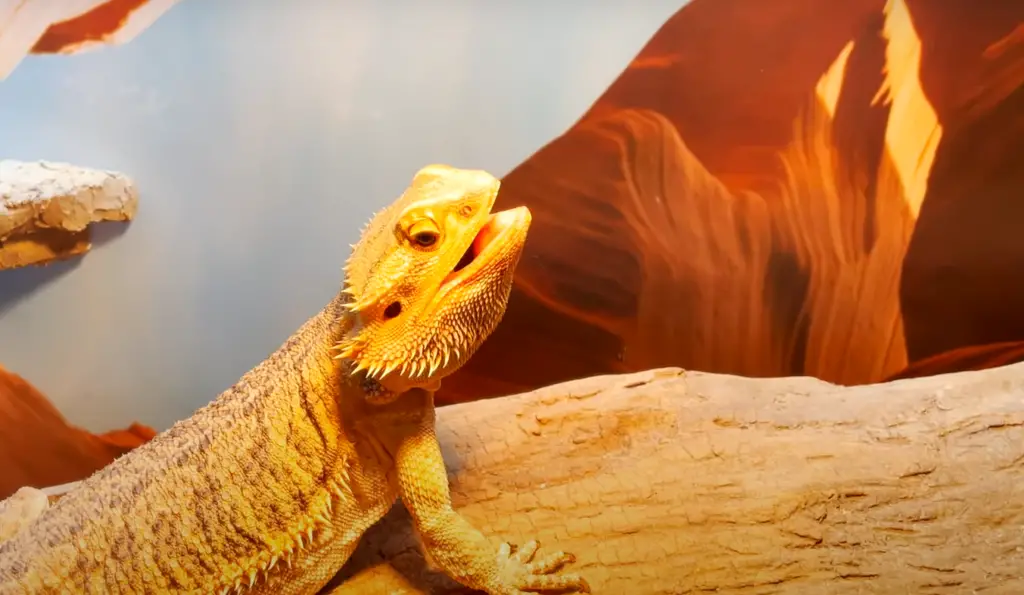
Caring for your beardie’s third eye is crucial to their overall health and avoiding any medical issues.
Take the time to understand the third eye’s function, and enjoy your bearded dragon’s company as they thrive and are comfortable in their new home.FAQ
Do bearded dragons have three hearts?
The answer is no. Despite what you may have heard, bearded dragons only have one heart. This misconception may have arisen because bearded dragons, like other reptiles, have a three-chambered heart. This means that their heart has two atria and one ventricle. Although the heart only has one ventricle, it’s divided so that oxygenated and deoxygenated blood can be separated and delivered to the right parts of the body. While this is a unique feature, it’s not the same as having three hearts.
What does the third eye on a bearded dragon do?
This “eye” is located on the top of the bearded dragon’s head and is much smaller than their other two eyes. Although it looks like an eye, it’s actually just a photosensitive organ that detects light and dark. The third eye helps bearded dragons regulate their circadian rhythms, or their sleep/wake cycle, by sensing changes in light. This is especially important for bearded dragons in the wild, as it helps them adapt to different times of the day and seasons.
Another interesting fact about the third eye on bearded dragons is that it can be an indicator of their mood. When a bearded dragon is feeling stressed or threatened, their third eye may turn black. This is because the third eye is connected to the pineal gland, which releases hormones that control stress and mood. When a bearded dragon is feeling calm and content, their third eye will be a light color or even translucent.
Do lizards have a third eye?
The answer is yes, but not all lizards have a parietal eye like bearded dragons do. The parietal eye is only present in certain species of lizards, most notably the tuatara, a lizard-like reptile native to New Zealand. Other lizards have photoreceptive cells on top of their heads that function similarly to the third eye, but they’re not as developed as the parietal eye. The third eye is a unique feature that sets bearded dragons and tuataras apart from other lizards.
Useful Video: WHY BEARDED DRAGONS HAVE THREE EYES – 5 Cool Facts From An Eye Doctor
Conclusions
In summary, the third eye in bearded dragons is a crucial organ that helps regulate the animal’s internal clock, enables it to adjust to changes in light levels, and plays a role in maintaining its overall health and immune function. While it is not visible from the outside, it is still an essential part of your pet’s anatomy, and any issues with it can affect your bearded dragon’s wellbeing. So, if you are a bearded dragon owner, make sure you pay close attention to your pet’s behavior and take them for regular check-ups with a reptile veterinarian to ensure that their third eye and other bodily functions are functioning correctly.
References:
- https://www.treehugger.com/bearded-dragon-facts-6560979
- https://beardeddragonsworld.com/bearded-dragons-third-eye/
- https://petkeen.com/bearded-dragon-third-eye/

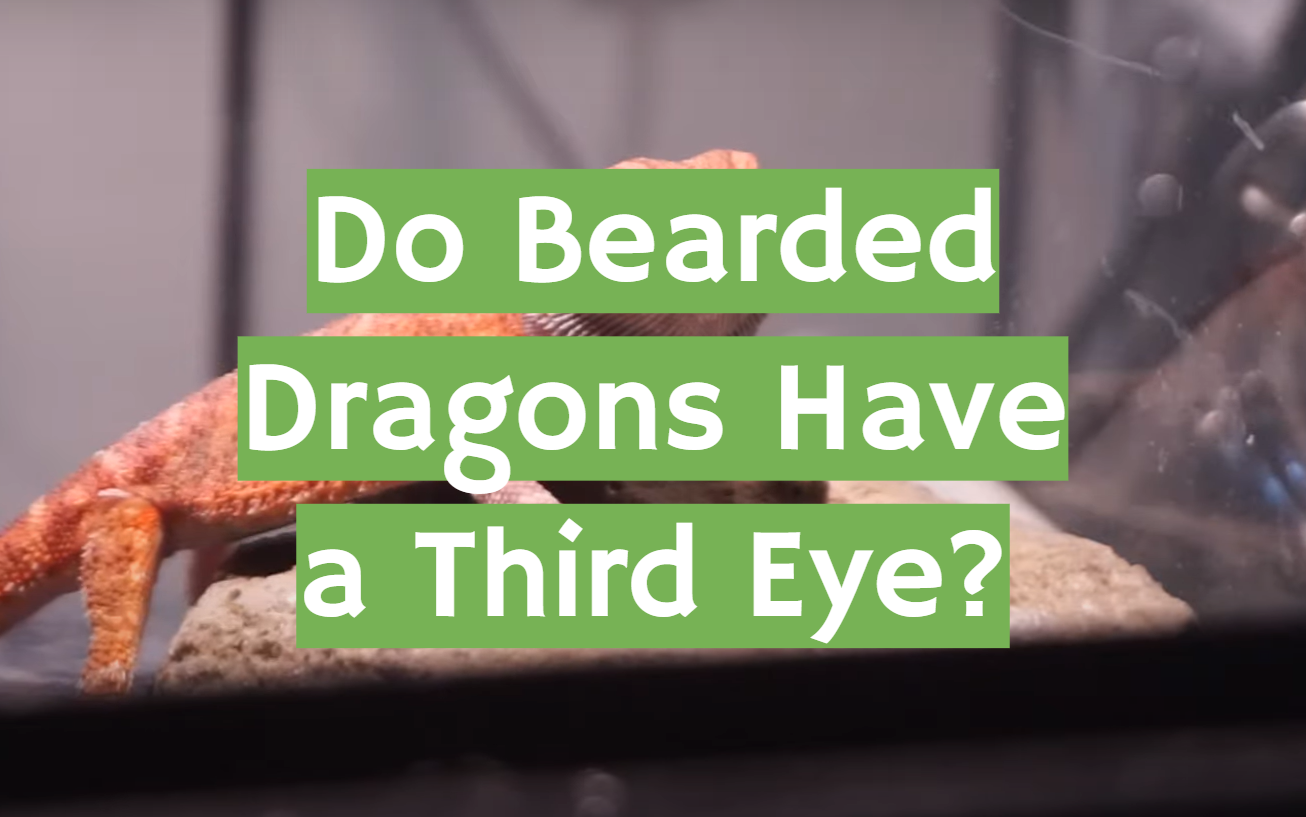




Leave a Review